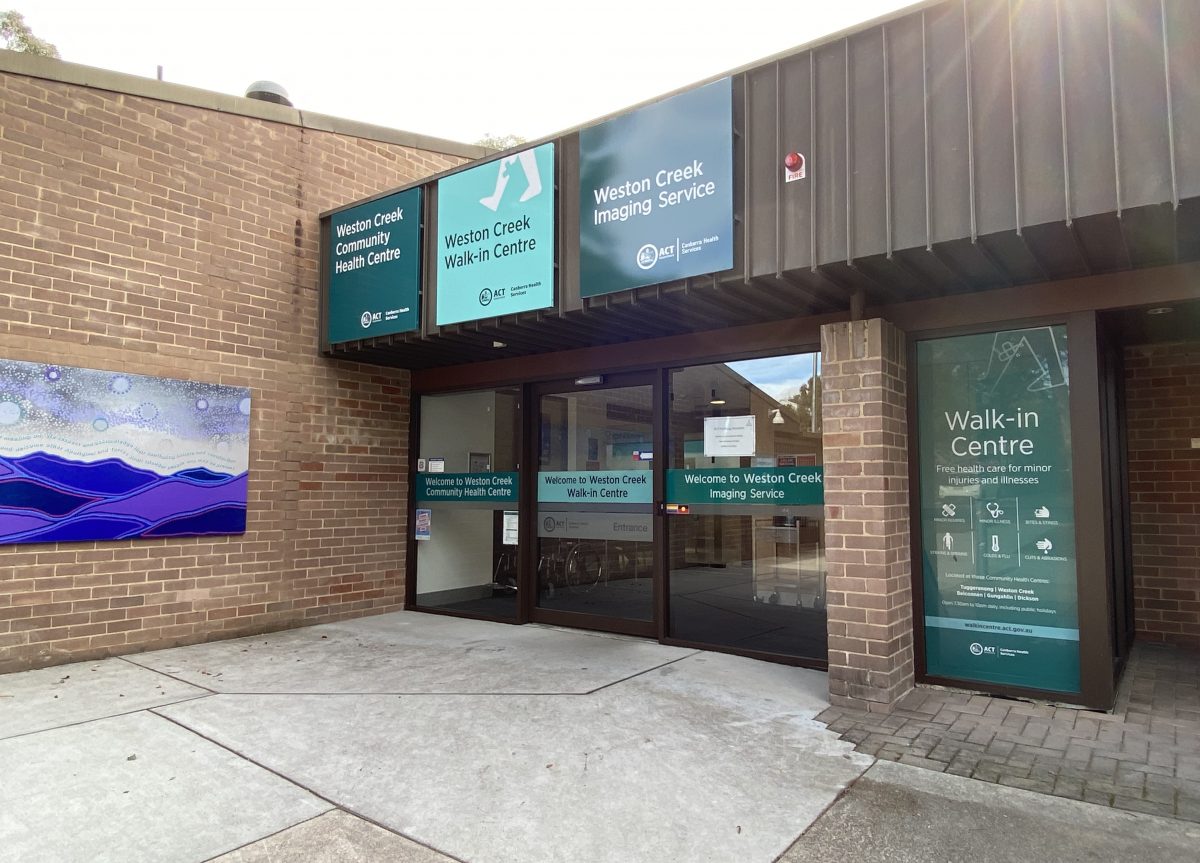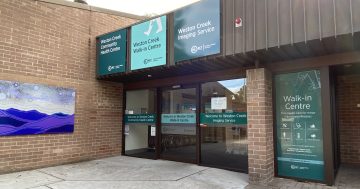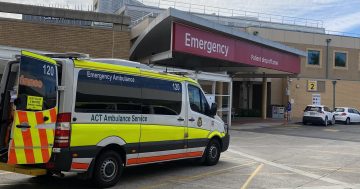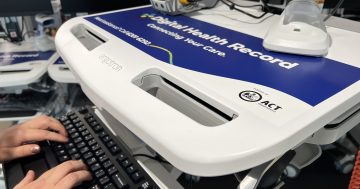
There are five nurse-led Walk-in Centres in Canberra, located in Belconnen, Tuggeranong, Dickson, Weston (pictured) and Gungahlin. Photo: Claire Fenwicke.
Questions have been raised over the ability of the ACT Government to track the effectiveness of its nurse-led Walk-in Centres due to the existence of different data sets.
Shadow Health Minister Leanne Castley made a freedom of information (FOI) request regarding patient numbers for the clinics following an April motion from Labor backbencher Suzanne Orr calling for all political parties to continue backing the model.
The information had been requested in preparation for debate on that motion.
She said it revealed “utter confusion” between the ACT Health Directorate (ACTHD) and Canberra Health Services (CHS) over the data and showed the centres were a “shambles”.
“The huge divergence in Walk-in Centre figures also appears to be another case of the Digital Health Record data not being reliable,” Ms Castley said.
The documents showed that, according to the ACTHD, throughput between 1 July 2023 and 31 March 2024 was 93,246.
CHS data counted 104,533.
Within the documents, one senior CHS official noted there were “different data sets flying around” and suggested that just directly requesting data from the ACTHD would be more effective.
“It is not efficient for us to do work and get this info for ACTHD to then come over the top and provide something different,” he wrote.
Another senior CHS official stated she felt the numbers from the ACTHD were the “cleansed and accurate data”.
“Numbers [CHS] provide may be inaccurate due to patient inclusions which may not be correct,” she wrote.
The email chain ultimately concluded that while there were two existing data sets, the ACTHD numbers should be relied upon, given that data was also used for national reporting.
Neither data set ended up being used during the April Assembly debate.
An ACT Government spokesperson stated the difference came down to raw data and processed data.
“The figures for the number of presentations at Walk-in Centres [WiC] differ as they were pulled from different systems which are used for different purposes,” they said.
“Data related to WiC presentations provided by ACTHD is drawn from the ACTHD data repository from the non-admitted patient collection … WiC data from CHS is provided from a Digital Health Record report from the clinical-facing system and is front-end operational data.
“There are some differences in the presentations that are counted for the purposes of funding (these include only patients who have been provided a service) and for reporting on total presentations to Walk-in-Centres from the perspective of the front-line clinic staff, including counting patients re-presenting to collect results of pathology and counting patients who presented but left without being seen, or who did not wait to be seen by a nurse.”
They also pointed out the CHS data included an extra nine days (counted from 1 July 2023 to 9 April 2024).
It’s the latest in a series of arguments between the government and the Opposition over the centres.
During the July Assembly sitting period, the Canberra Liberals accused Labor of not being upfront about the true cost of the service.
The government claimed it cost $110 per presentation, while Ms Castley argued other FOI documents showed it was close to $200.
“It is clear [Health Minister Rachel Stephen-Smith’s] credibility on Walk-in Centres is in tatters, and it is incomprehensible that she is unable or unwilling to provide reliable information to Canberrans about how much the centres cost, how many people are using them and how many patients are then referred elsewhere,” she said.
ACT election independent candidates called for a review of the model as a result of that debate.
“The government has opened themselves up to requiring further scrutiny by publishing misleading statistics about the taxpayer cost per visit … the first step is to apply some independent scrutiny and accountability,” Independents for Canberra Yerrabi candidate David Pollard previously stated.
Murrumbidgee independent candidate Fiona Carrick also said there should be some sort of audit.
“Walk-in Centres are popular with the electorate; however, after 13 years of operation, there should be a review of their performance,” she said.




















